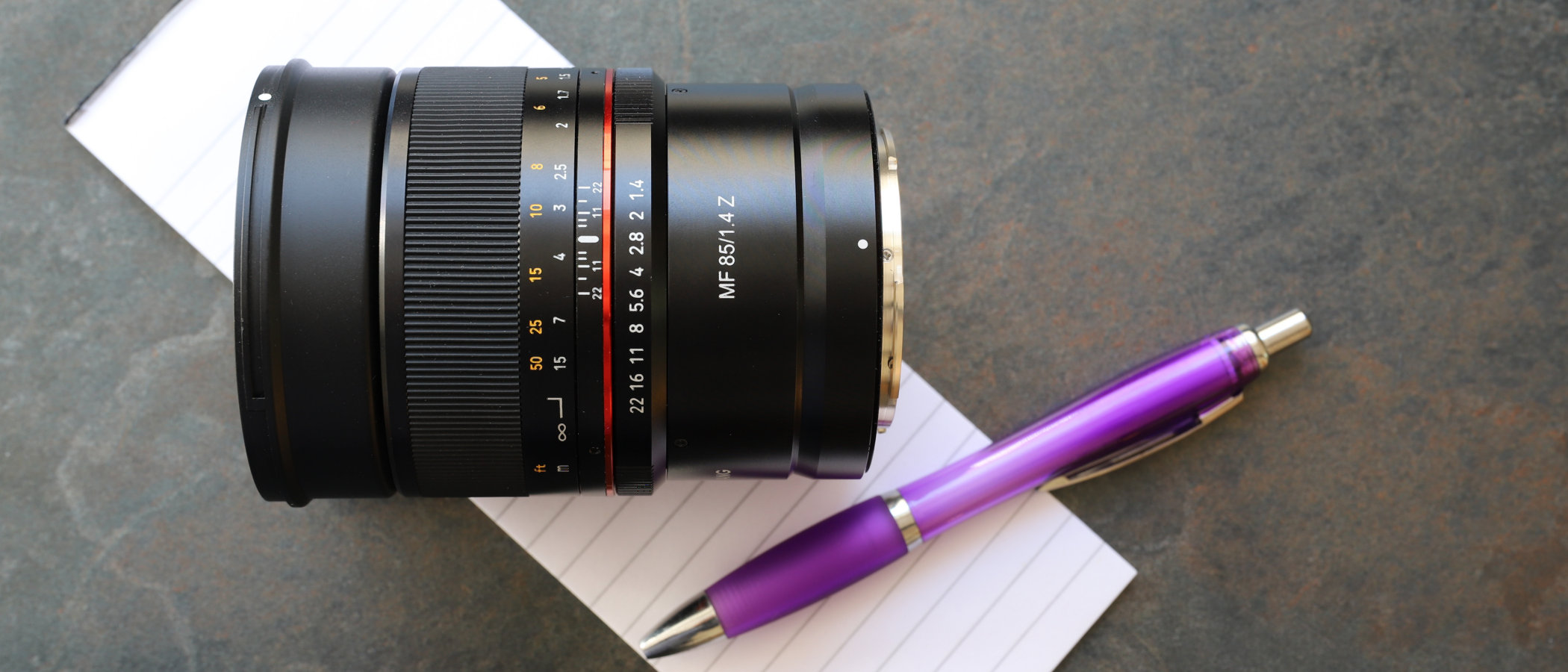Digital Camera World Verdict
It might have no bells and even fewer whistles when it comes to automation, but this entirely manual Samyang MF 85mm f/1.4 lens for Canon EOS R-series and Nikon Z-series mirrorless full-frame bodies really delivers in terms of image quality. It’s an absolute steal at the price, and you might just enjoy discovering (or rediscovering) the art of manual focusing and aperture control.
Pros
- +
Wide f/1.4 aperture rating
- +
Tactile controls
- +
Great for portraiture
Cons
- -
Manual focus only
- -
No aperture control from camera
- -
Nikon Z 6 and Z 7 IBIS not automatically available
Why you can trust Digital Camera World
A good portrait lens is high on the wish list for most photographers investing in a full-frame camera, so a budget friendly lens like the Samyang MF 85mm f/1.4 will likely be a crowd pleaser. With the tight depth of field enabled by an 85mm f/1.4 lens, and the relative lack of focusing aids in the viewfinders of digital SLRs, a manual-focus lens tends to be outside our comfort zone.
But things are a bit different on a mirrorless camera. Focus peaking comes to your aid, especially in critical compositions where, for example, you want to focus on the closer eye of a person in a portrait shot. This makes the Samyang MF 85mm f/1.4 a viable proposition.
• Read more: Best camera for portraits
The Samyang MF 85mm f/1.4 RF is the one for the Canon EOS R and EOS RP, whilst the Samyang MF 85mm f/1.4 Z is designed for the Nikon Z6 or Nikon Z7. Both are also sold under the Rokinon brand name in North America (as the Rokinon 85mm F2.8 RF and Rokinon 85mm F2.8 Z respectively).
Samyang MF 85mm f/1.4: Specs
Name: Samyang MF 85mm f/1.4
Mount: Canon RF, Nikon Z
Lens construction: 9 elements in 7 groups
Angle of view: 28 degrees
Diaphragm blades: 8
Minimum aperture: f/22
Minimum focusing distance: 1.1m
Maximum magnification ratio: 0.09x
Filter size: 72mm
Dimensions: 87x120mm (C) 78x103mm (N)
Weight: 730g (C) 740g (N)
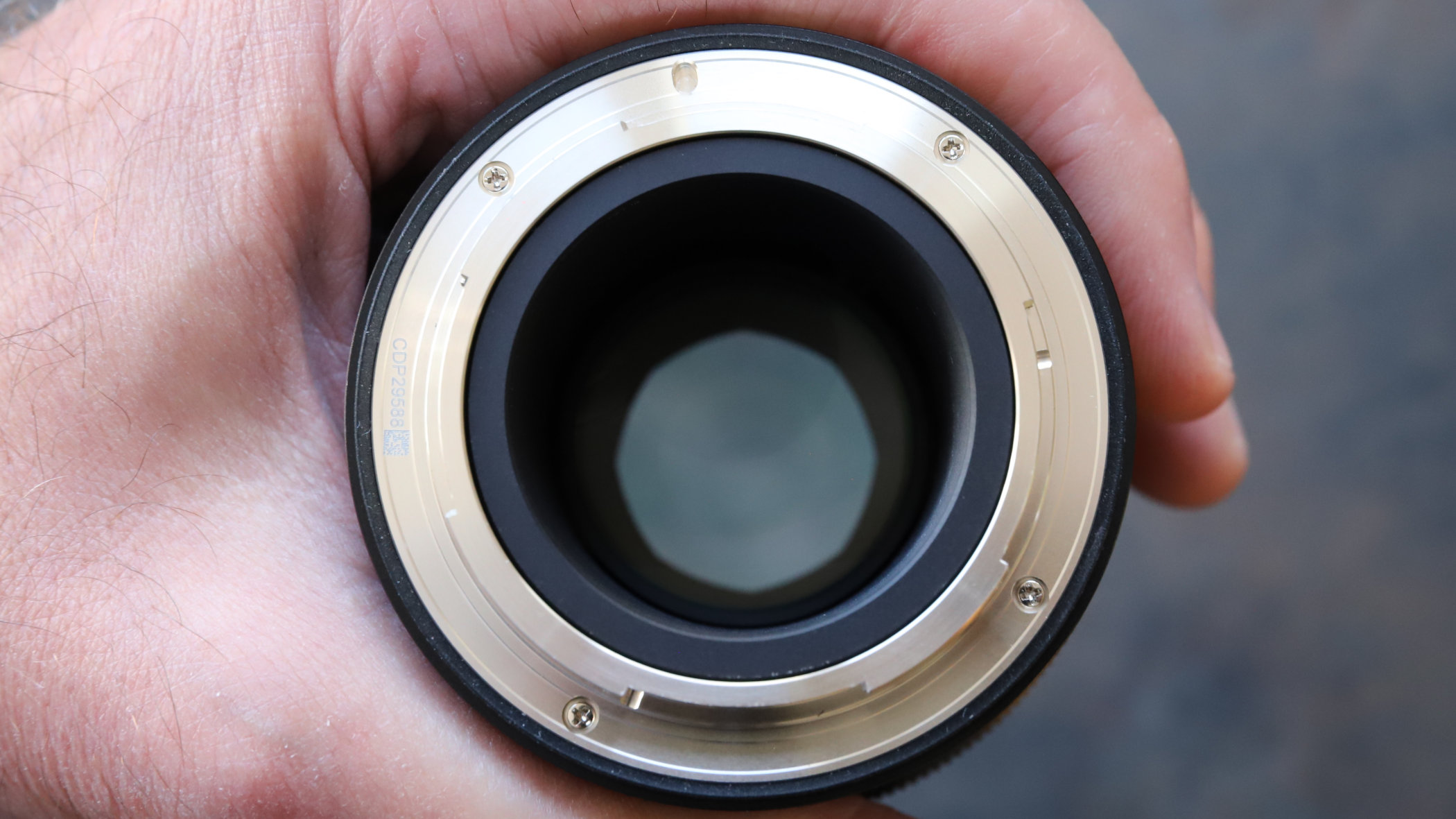
Samyang MF 85mm f/1.4: Build and Handling
Like the Samyang MF 14mm f/2.8 for Canon EOS R-series and Nikon Z-series full-frame mirrorless cameras, this 85mm f/1.4 lens is well-built, feels robust and solid, and features weather-seals. You might not tend to shoot portraits in the rain but sometimes there’s no choice, like at weddings and other events.
There’s a focus scale and depth of field markers but they’re of relatively limited value, especially at wide apertures where the depth of field becomes minimal. Instead, you can put your faith in focus peaking, available in the viewfinder and rear screen of Canon and Nikon mirrorless full-frame cameras, which will literally paint colored lines around the eye of a portrait sitter, when it comes into sharp focus.
The best camera deals, reviews, product advice, and unmissable photography news, direct to your inbox!
The optical path includes a complex hybrid aspherical element, in its make-up of nine elements overall. The aperture remains fairly well-rounded when stopping down a little, despite being based on eight curved diaphragm blades, whereas most 85mm f/1.4 lenses have nine.
The focus ring operates with smooth precision, enabling very fine adjustments, and the aperture ring is similarly tactile. Weighing in at 740g, it’s noticeably bigger and heavier than Samyang’s autofocus 85mm f/1.4 lens for Canon and Nikon DSLRs, but still feels naturally balanced on relatively slimline mirrorless bodies.
• Samyang MF 14mm f/2.8 RF / Z review

Samyang MF 85mm f/1.4: Performance
In the context of portraiture, there’s nothing wrong with the Samyang’s sharpness. Equally importantly, bokeh (the quality of defocused areas) is silky smooth. This enables you to really make portrait and still life subjects stand out in an image, against a softly blurred background.
Contrast remains very good even when shooting wide-open, and there’s very little in the way of distortion. Lateral chromatic aberration is minimal but longitudinal chromatic aberration or ‘bokeh fringing’ can be a little noticeable when shooting wide-open. Even so, it’s a lot less pronounced than in many ‘fast’ prime lenses, and disappears when stopping down a bit. Resistance to ghosting and flare is very good, helped by Samyang’s ‘Ultra Multi Coating’.
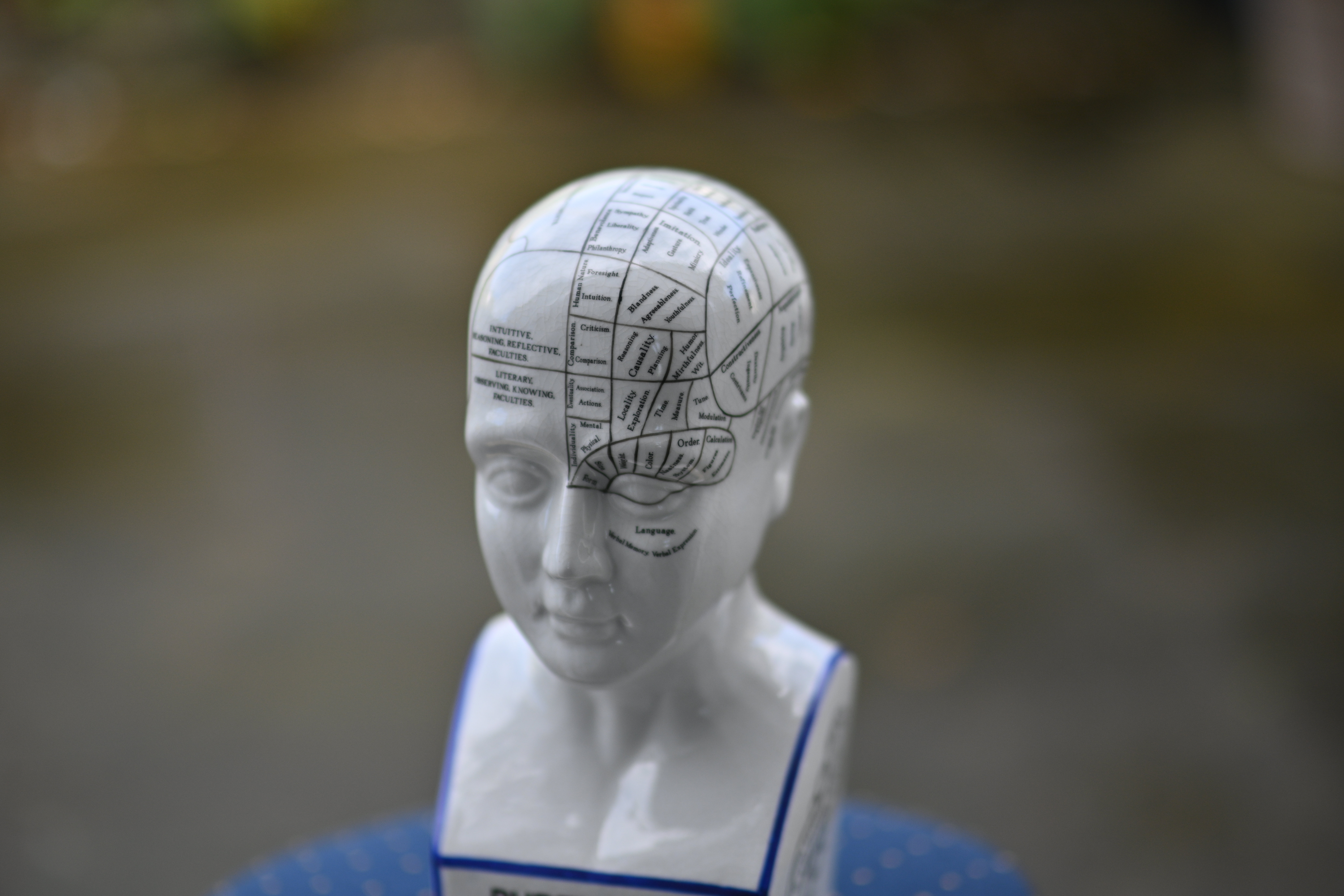
Samyang MF 85mm f/1.4: Lab tests
Sharpness
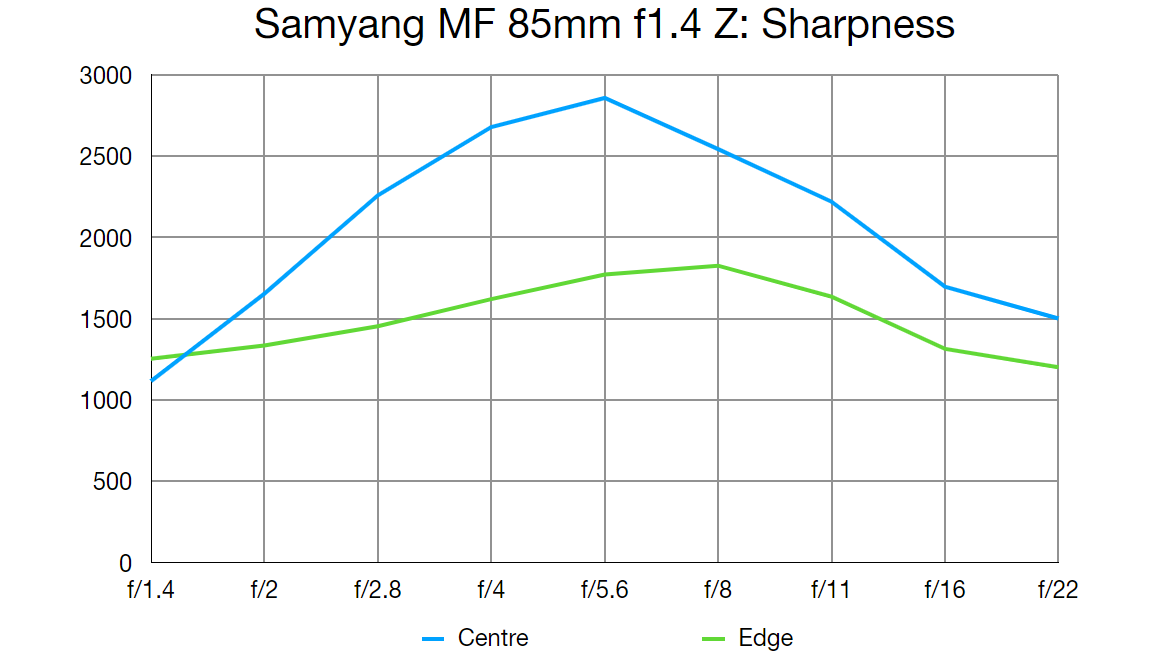
Sharpness drops off when shooting wide-open but remains impressively consistent across the frame and is sufficient for giving real ‘bite’ to portraits.
Fringing
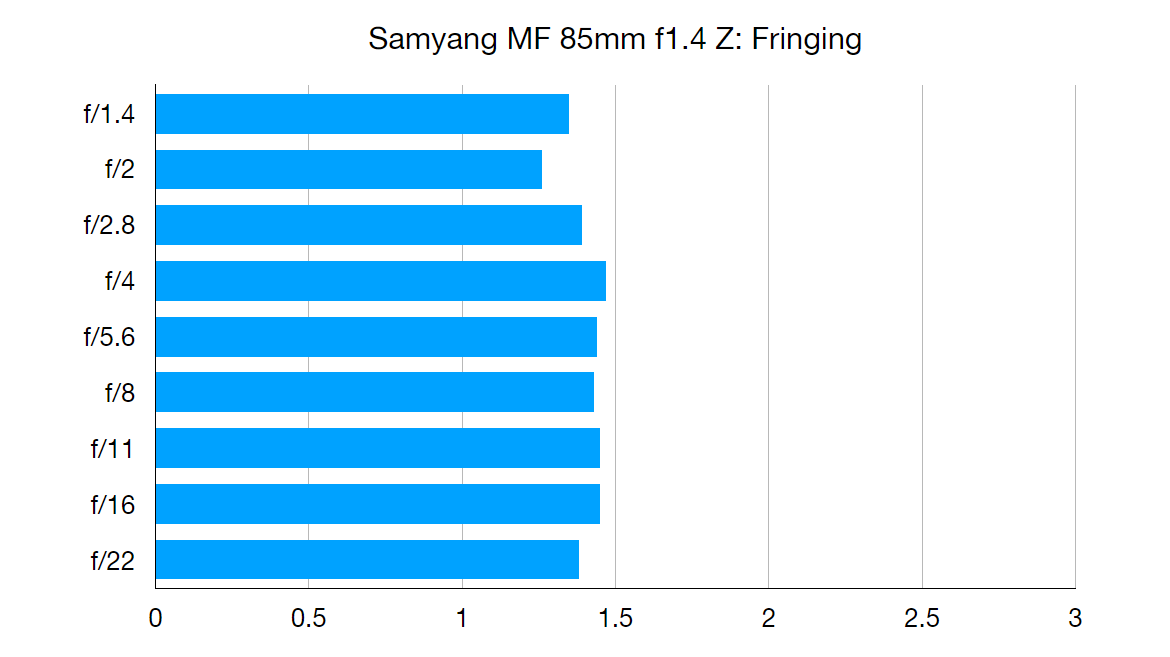
There’s only very little color fringing, even at the extreme corners of the frame, throughout the aperture range. It’s much more impressive than Samyang’s autofocus 85mm lens in this respect.
Distortion: -0.37
There’s only a touch of barrel distortion which should generally prove a complete non-issue.
Samyang MF 85mm f/1.4: Verdict

This lens lacks autofocus and has no built-in electronics, so aperture values won’t be recorded in the EXIF data of images. It also means that if you want to use the in-body image stabilization of Z 6 and Z 7 cameras, you’ll need to set up the focal length in the ‘Non-CPU lens data’ section of the Setup menu.
The flipside is that portrait lenses can be hugely expensive, like the Canon RF 85mm f/1.2L USM at £2,799/$2,699. Widely available for around £319 / $379, the Samyang is a small fraction of the price yet is genuinely fun to use and highly capable of producing gorgeous results. Ultimately, it’s a smart buy and amazing value for money.
Read more
Best portrait lenses for Nikon users in 2019: for DX and FX DSLRs and Nikon Z
Best backdrops for photography: collapsible backgrounds for the home studio
Best portrait lenses for Canon DSLR users
Matthew Richards is a photographer and journalist who has spent years using and reviewing all manner of photo gear. He is Digital Camera World's principal lens reviewer – and has tested more primes and zooms than most people have had hot dinners!
His expertise with equipment doesn’t end there, though. He is also an encyclopedia when it comes to all manner of cameras, camera holsters and bags, flashguns, tripods and heads, printers, papers and inks, and just about anything imaging-related.
In an earlier life he was a broadcast engineer at the BBC, as well as a former editor of PC Guide.
